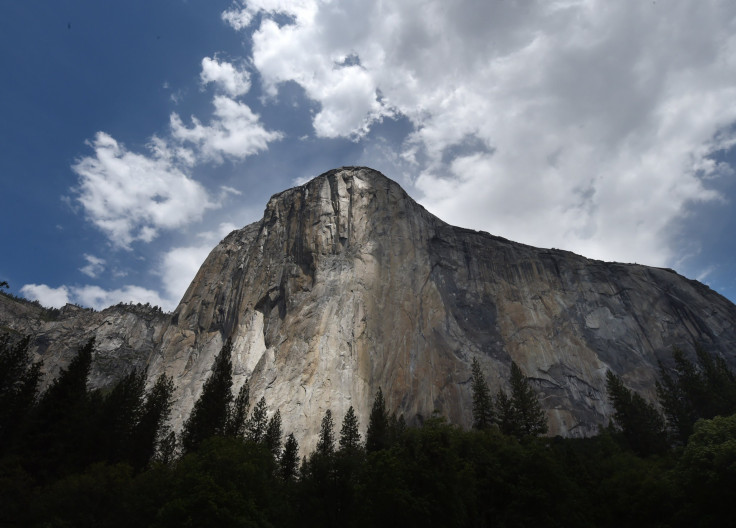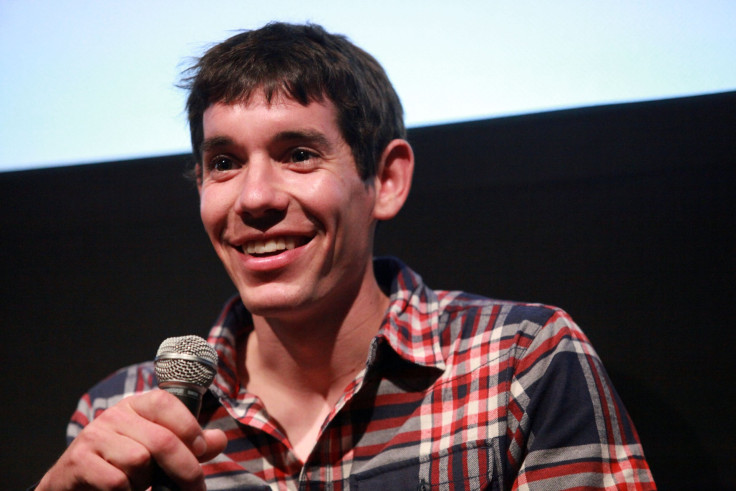Who Is Alex Honnold? Sacramento Native Becomes First Solo Climber To Scale El Capitan Without Ropes

Northern California native Alex Honnold, 31, became the first person to free solo climb a major route on Yosemite’s El Capitan, one of the world’s highest monolithic structures in California, reports said Monday.
In a climber’s language, free solo refers to no ropes and no safety gear. Honnold’s achievement was first reported by the National Geographic on Saturday after he had finished the task on the same morning. He neither used ropes nor safety gear of any sort to climb the 3,000-foot high sheer granite face of El Capitan.
Read: Two Americans Create History By Free-Climbing Yosemite's El Capitan, World's Toughest Climb
Honnold has undergone training in a climbing gym in Sacramento, California, and first came under the spotlight on the international scene in 2008 with two high-risk and rope-free ascents - the Moonlight Buttress in Utah’s Zion National Park and the northwest face of Yosemite’s Half Dome. Honnold set new records with these free solo climbs and surprised the climbing world.
“What Alex did on Moonlight Buttress defied everything that we are trained, and brought up and genetically engineered to think,” said Peter Mortimer, a climber who has made numerous films with Honnold. “It’s the most unnatural place for a human to be.”
After his accomplishment on Saturday at El Capitan, his cousin Caron Treon said she was not surprised that Honnold could do it. She said he had been climbing since he was a child and he was always extremely careful. She also said that she’s proud of him not just for his athletic skills, but for his dedication to climbing and positive attitude even at such a difficult and high altitude.
“He’s very smart,” Treon said adding, “He goes about his climbing very meticulously.”
“I think he’s a very special person, who took what he loves and decided to turn it into what he does,” added Treon.

Honnold learned the basics of climbing and did some of his firsts at the Pipeworks Climbing Gym in Sacramento. Ryan Rougeux, who works at the gym, said that it takes a lot of determination as well as mental and physical strength to free solo climb a peak like El Capitan. He also stated that he believed he might not see any other person do that again in his lifetime.
“To stay that mentally focused and calm, 3,000 feet off the deck… You know, some climbers won’t ever climb El Cap in any capacity, let alone without a safety rope,” Rougeux said.
Honnold’s historic ascent of El Capitan was captured and filmed by a National Geographic film crew, who shot his entire ascent for an upcoming documentary they have been filming with the solo climber. The documentary is likely to be titled “Solo.”
“I've never dreamt of anything bigger,” Honnold said.
“It took a little under four hours. I was going quickly. I was very excited. I've been dreaming about this since 2009,” he added.
Read: Yosemite Expansion: 400 Acres Added To National Park
Honnold started climbing at around 5:30 a.m. EDT and after three hours and fifty-six minutes he was at the top. Honnold has undergone training for more than a year at various locations in the U.S., Morocco, China and Europe. He knew El Capitan very well too. “I've probably climbed the face 50 or 60 times,” Honnold said adding, “I already held the speed record on El Capitan.”
According to National Geographic, the solo climber had attempted to free solo El Capitan in November 2016 but did not complete the climb due to unfit conditions.
Honnold is the first to climb without ropes or safety gear at all. Earlier others like Tommy Caldwell and Kevin Jorgeson were the first to “free climb” El Capitan in 2015, however, they used ropes for safety purposes. Caldwell and Jorgeson took 19 days to reach the top of the peak while Honnold took less than four hours to do so.
© Copyright IBTimes 2025. All rights reserved.






















